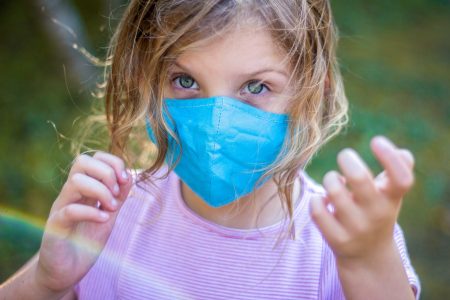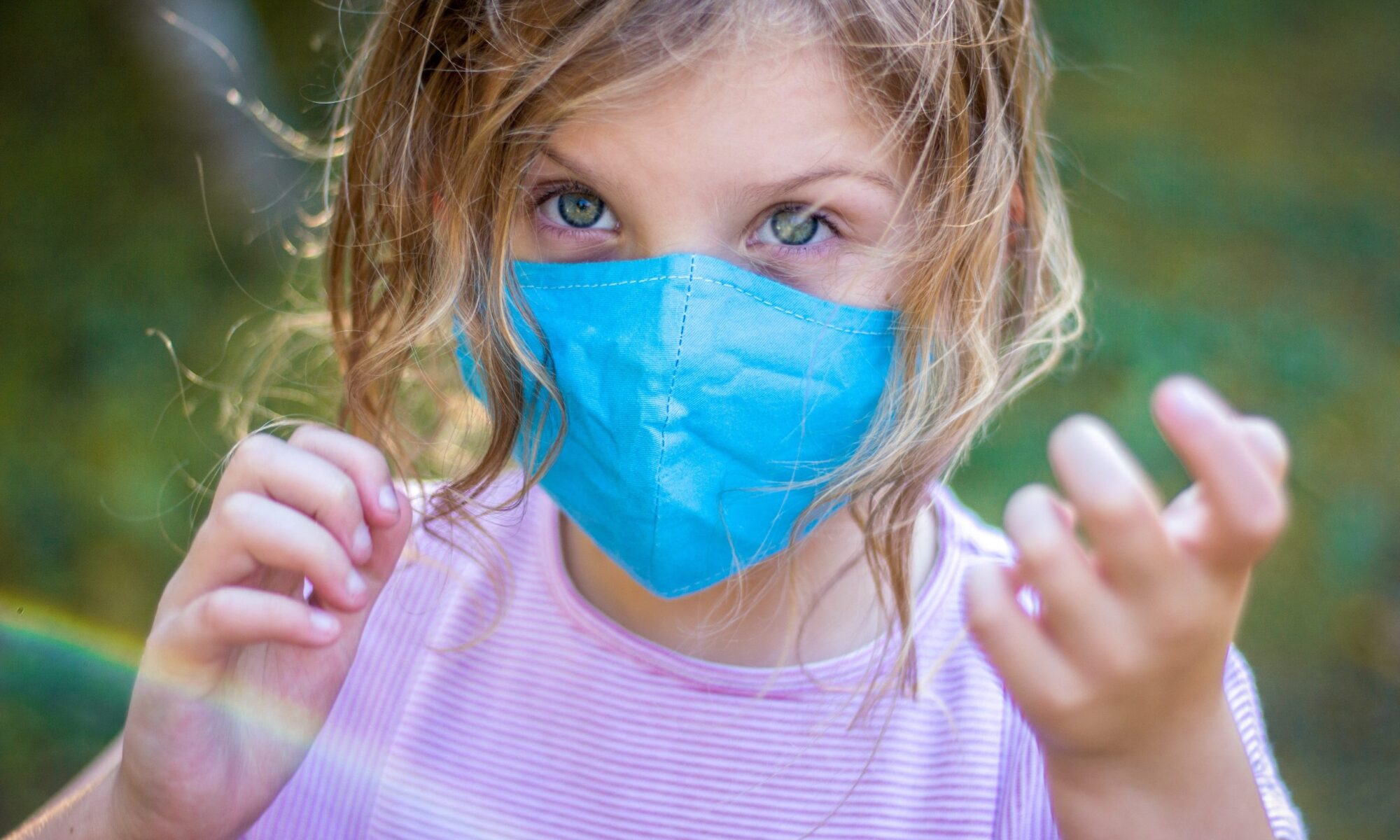 COVID-19 pandemic has forced each of us to change our daily routine and be more attentive to our health. But most reasons for worry have parents because only they can reduce the risk of infecting their child.
COVID-19 pandemic has forced each of us to change our daily routine and be more attentive to our health. But most reasons for worry have parents because only they can reduce the risk of infecting their child.
Until now, there are discussions around the coronavirus in children, and all due to a lack of reliable information.
What is the difference between the course of the disease in children and adults?
The course of the disease in children and adults is similar. Moreover, the older the child, the more similar to adults. The risk of complications in children is 25 times lower than in adults, and the risk of death is 500 times lower than in adults, that is, almost zero.
But it should be remembered that in children under 10 years of age, complications and severe course are more often observed than in older children.
The risk of thrombosis in children is much lower because they have healthier blood vessels and the blood clotting system works better.
On the other hand, children and teenagers are more likely than adults to develop multisystem inflammatory syndrome (Kawasaki syndrome). It occurs mainly 2-3 weeks after the coronavirus disease.
Kids are more likely than adults to suffer from coronary artery disease due to Multisystem inflammatory syndrome (MIS-C). Such children should be observed by a cardiologist within 2 months after recovery to monitor the state of the coronary vessels.
Is it true that new strains of coronavirus are more dangerous for children?
Today there are 8 strains of Sars-Cov-2, which constantly mutate and each mutation of the virus is more dangerous for humans. Mutated viruses lead to an increase in the number of severe forms. Moreover, younger groups of people are increasingly sick. So it can be argued that these new strains are more dangerous for children as well.
Is it true that newborns and infants under one-year-old are at risk?
Newborns and children under one year old belong to the risk group in terms of the likelihood of a severe course and the occurrence of complications. Therefore, they need special supervision. However, fortunately, in this group of children, such forms of the disease still occur much less frequently than in adults.
Is it safe to breastfeed a baby if the mom is sick with coronavirus?
Yes, all international institutions recommend that a mother breastfeed her baby. But you need to adhere to the necessary preventive measures, namely:
- Wash your hands with soap before putting the baby on your breast.
- In everyday life, if possible, try to maintain a distance of 2 meters from the baby’s crib and be sure to wear a protective mask, which must be changed every 2 hours.
What are post-COVID conditions observed in children?
The frequency and duration of post-COVID conditions in children have not yet been studied. There are single previous studies, but it is known that about 40% of children within 3 months after the disease may experience:
- fatigue,
- pain in muscles and joints,
- headache,
- insomnia,
- shortness of breath,
- tachycardia,
- fever up to 38.1-39°C for no reason.
Why is it important to talk to children about the coronavirus?
The COVID-19 virus is transmitted by airborne droplets, and children are more likely to become infected in the family than anywhere else. However, children are the same carriers of the coronavirus as adults.
It is not recommended for babies under 2 years old to wear protective masks, but older children need to use personal protective equipment.
Therefore, it is important to talk with children from 2 years old about the importance of adhering to the rules of prevention. Also, the need to refrain from touching the face with hands, and so on.
You also need to teach your child how to properly put on and wear a mask on the face, use disinfectants, and avoid contact with patients.
It is better to prevent the disease than to cure it later. Therefore, follow the rules of personal hygiene and teach this to your child. Be healthy!
Picture Credit: Unsplash
